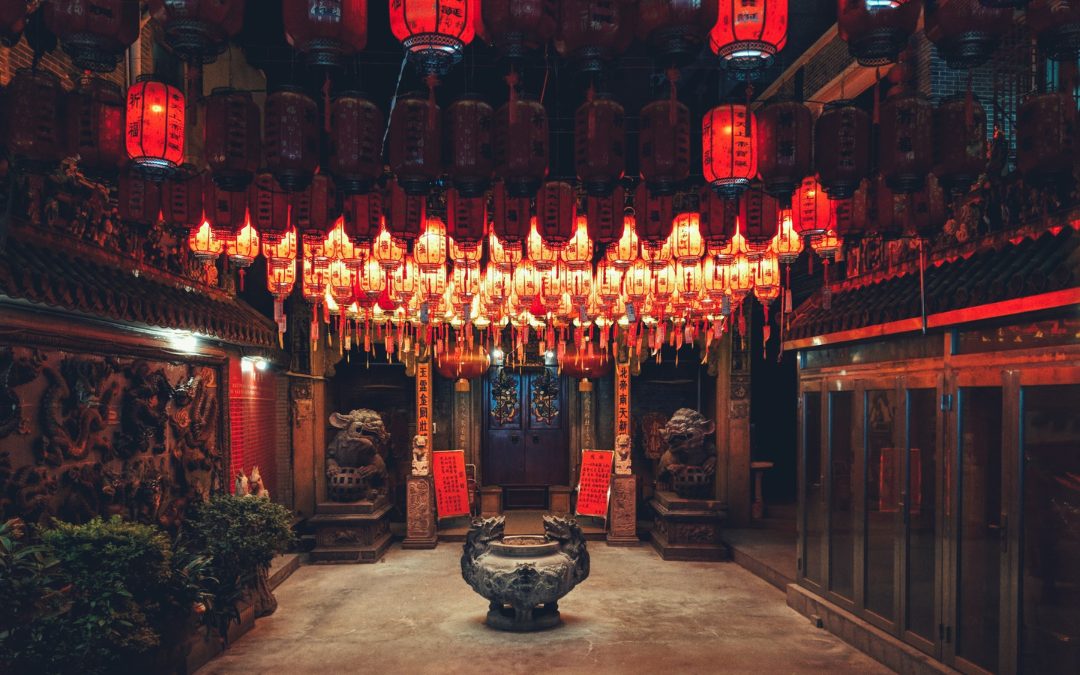Generation Z, those born in the late 1990s or early 2000s, are now big fans of red tourism, which involves tours of locations significant to the country’s revolutionary history.
The First National Congress of the Communist Party of China was held in the Nanhu Revolutionary Memorial in Jiaxing, East China’s Zhejiang province, a world-class museum.
The Red Boat team, which comprises several seasoned docents, or guides who work at a museum, is one of the memorial’s features that is popular with young people.
A scholar at the monument named Yuan Jing said that the Red Boat team was created to reach out to young people by telling them about historical revolutions in an approachable manner.
We arrive at the location where young people congregate. The team has so far introduced its intricately created courses about the history of the CPC to several schools and universities.
At our campus, the Red Boat team acted out a comedy. I had the impression of being on the Red Boat that year since that was such a fresh shape.
Many of these locations have adopted the concept of bringing the revolutionary past to locations outside the memorial.
One of them is the memorial to the First National Congress of the CPC in Shanghai, which was once the location of a secret meeting held by the CPC’s forefathers.
Young customers who live in Shanghai now frequent the memorial’s coffee shop. It started selling coffee in September and features stories of innovative inspiration in its product offerings.
It’s a wonderful concept to combine fashion with historical revolutions. I paid $2.68 in yuan (19.21) for the coffee I ordered.
It suggests that in 1921, the CPC was established and the people were awakened. I am immediately transported back to those illustrious revolutionary days by the photographs and music I come across at the coffee shop.
An inventive endeavor has been undertaken, according to Shen Wei, a memorial staff member, to pack displays onto a container truck.
The truck will go to colleges where it will act as a mobile memorial hall with exhibits and historical papers inside and an LED screen on its body.
The exhibition truck just landed in Sanming, in the province of Fujian, and will subsequently go to Shanghai’s colleges.
According to business analysts, Generation Z has largely replaced Millennials as Red tourism’s primary consumer demographic, and items with immersive experiences and a high-tech vibe are particularly well-liked.
The three-day trip to the Jinggang Mountains in Jiangxi province, considered one of the cradles of the Chinese revolution, is among Red tourism items that, according to Tuniu Corp, a Nanjing-based online travel agency, is well-liked by youthful clients.
I saw the revolutionary energy firsthand for three days. I enjoyed a dinner that soldiers would have eaten, I was dressed in military garb, and I traveled on military routes. My knowledge of the historical occurrences that formerly took place in this area has increased.
Major online ticket provider Ctrip claimed that it gives Red tourism by young people particular consideration.
Young people were very appreciative of the private route that Ctrip launched around the city’s revolutionary sites during the Shanghai Tourism Festival, which took place from September 17 to October 6. This route included a one-day visit to the memorial of the First National Congress of the CPC in Shanghai.


